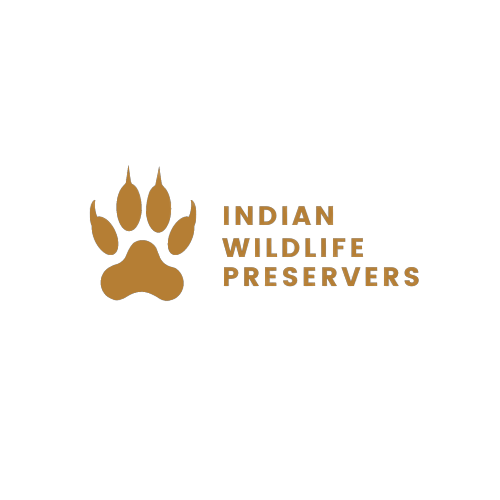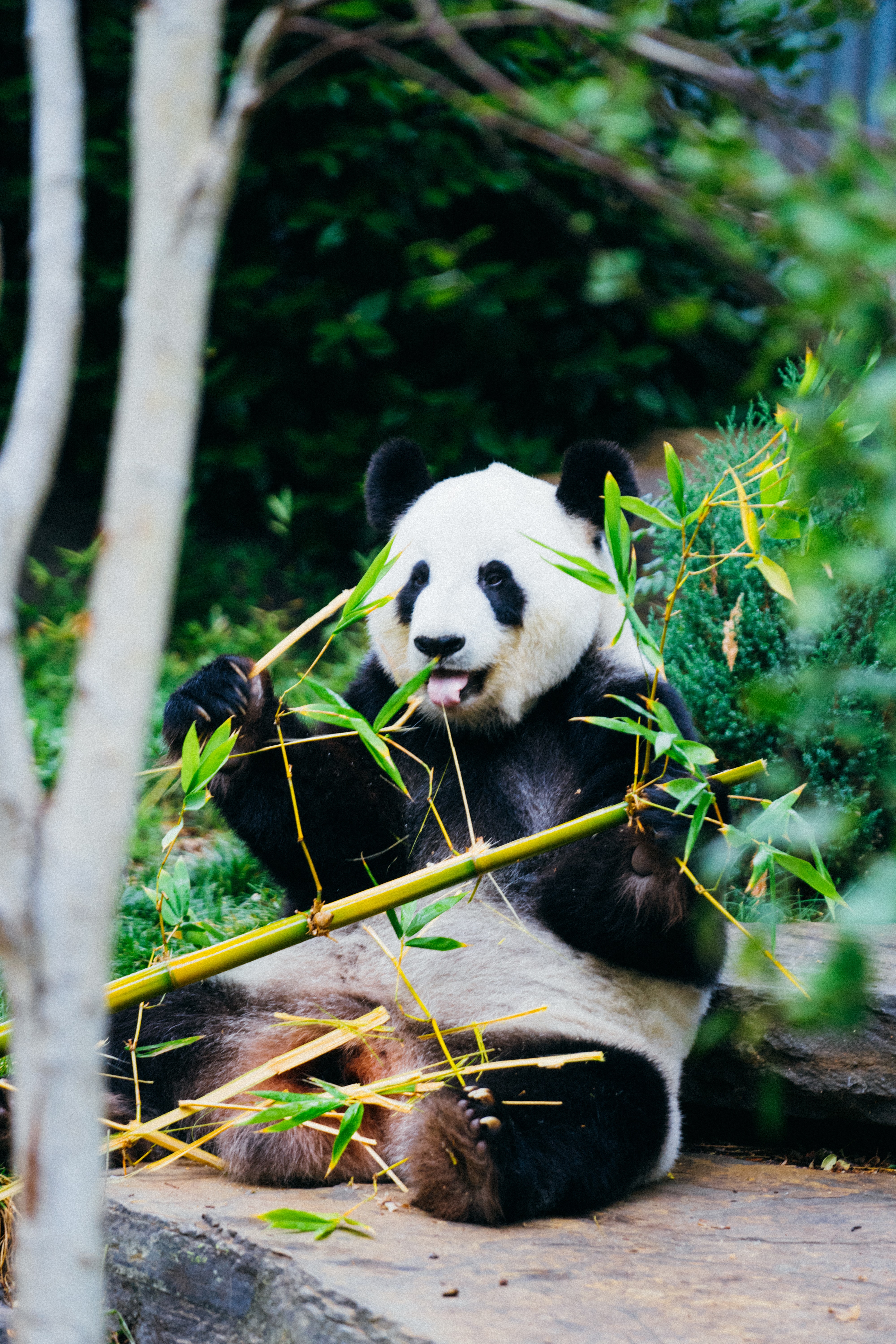
Frozen Zoos to Save Animals

In a south-eastern suburb in Melbourne, there’s a zoo. It has no visitors, and there are no animals anywhere inside it. Rather, the Australian Frozen Zoo houses living cells and genetic material from Australian native and rare and exotic species. This place, and others like it, could be a big part of the future of conservation. Department of Biological Sciences’ Simon Clulow and his colleagues make the case for ‘biobanking’ in a recent piece in Conservation Letters.
PhD student and lead author Lachlan Howell agrees. “It was captive breeding that brought the giant panda back from the brink of extinction caused by a combination of habitat loss and poaching. It Is captive breeding that is likely to save the Tasmanian devil from being wiped out by devil facial tumor disease.”
Rather, the researchers want to create awareness of the “massive potential” to save funding, reduce the number of captive animals required in breeding programs and thus conserve more species with existing resources, by incorporating biobanked sperm into captive populations using assisted reproductive technologies.
Clulow, who has considerable experience of preserving viable frozen genetic material, says, “Using frozen zoos could provide a 25-fold increase in the number of species that could be conserved. This would be a staggering conservation achievement, and we think it can be done.”
As it stands, there is limited money for conservation programs, meaning that many species needing captive breeding to survive will miss out, the researchers say.